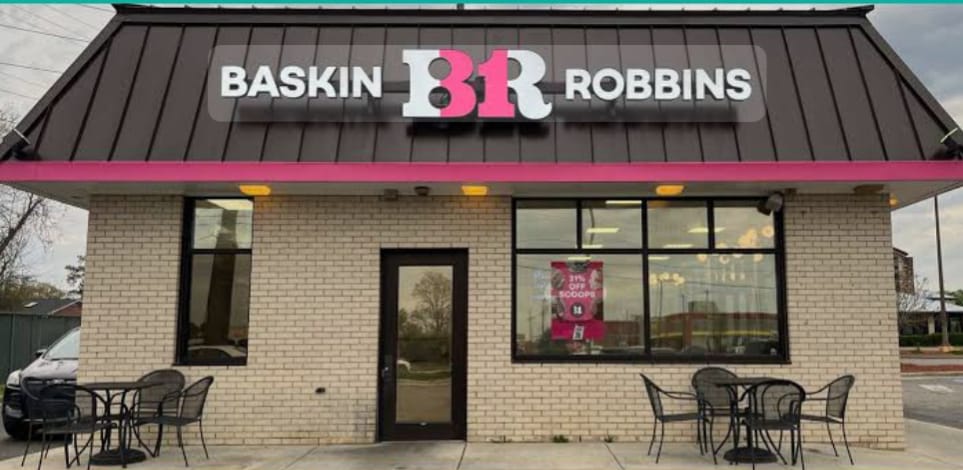<font size="2"> </font>An unparalleled king of Karnataka, every person in Karnataka should always be grateful & thankful to Nalwadi #Krishnaraja_Wadiyar ( 24th king of the Mysuru dynasty ) for his work and upliftment of society. The Maharaja of Yadu Vamsha of Karnataka will never be forgotten
On the occasion of Krishnaraja Wadiyar's Birth anniversary let's remember his achievements and everlasting contribution towards Karnataka and well being of people.
Achievements during Nalwadi Krishnaraja Wadiyar's rule 
> Bangalore was the first city in India to get electric street lights in 1905.
> The Hydro Electric Project at Shivanasamudra Falls in 1902.
> School of Engineering, Bangalore, later UVCE, established in 1917

> IISC, Bengaluru ( Donated land )
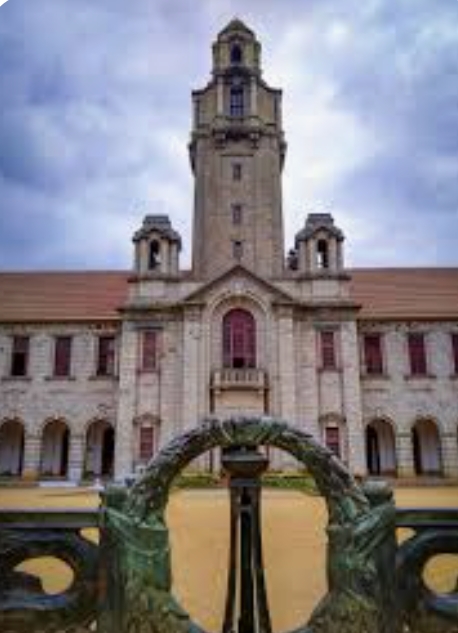
> Banning child marriage (girls below age 8)
Special importance for girl education and scholarship for widowed girl.
> Maharani's College for Women, Bangalore, established in 1938.
> Vani Vilasa Sagara Chitradurga, completed in 1907.
> Krishna Raja Sagar (KRS) dam, established in 1924.
> State Bank of Mysore established in 1913
> Mysore Medical College, established in 1924
Krishnarajanagara was founded between 1925 and 1930 as a new town after a flood by river Kaveri damaged the nearby town of Yedatore.
In 1925 more than 100 acres of land were donated to the establishment of the National Institute of Mental Health and Neurosciences (NIMHANS)
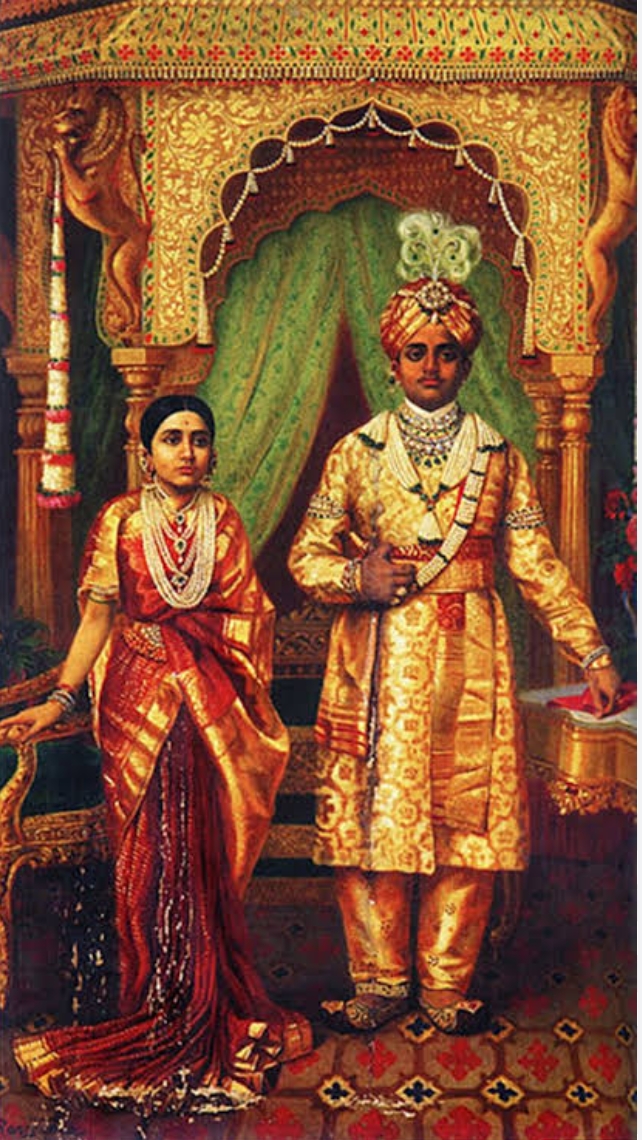
> K.R. Market, Bangalore, the main wholesale market dealing with commodities in Bangalore, was established in 1928.
> Kannada Sahitya Parishat, Bangalore, established in 1915
> Minto Eye Hospital Bangalore, established in 1903, is among the world's oldest specialised ophthalmology hospitals.
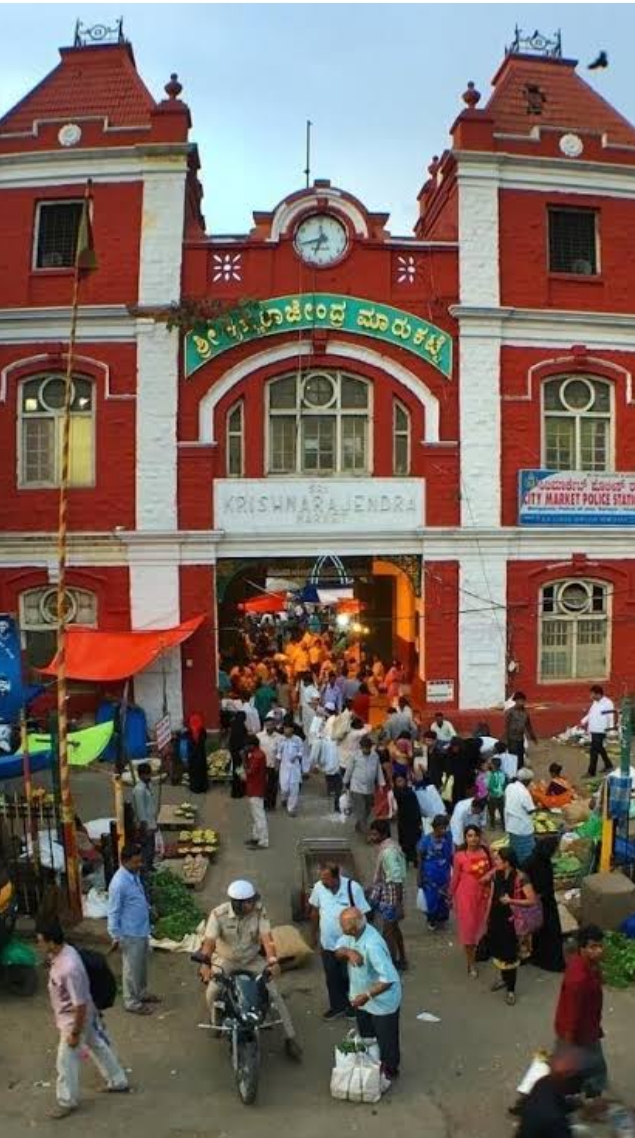
> Mysore Boy Scouts, established in 1909. First of its kind in India
> Formation of Mysore Social Progress Association in 1915 to empower weaker sections of society.
> University of Mysore, established in 1916
Bangalore Printing and Publishing Company established in 1916
> Yuvaraja College, Mysore, established in 1916
> Mysore State Railway (MSR) between 1916 and 1918, opened 232 miles of railway to traffic. By 1938 MSR had 740 miles of railway track
The Mysore Chamber of Commerce established in 1916
Government Sandalwood Oil Factory, Bangalore, established in 1916
Wood Distillation Factory, Bhadravathi in 1918
Mysore Chrome and Tanning Factory was established in 1918.
The appointment of Sir Lesley Miller in 1918 to look into problems of Backward classes recommended reservation of 25% of jobs in the Government to non-Brahmans
Lalitha Mahal palace in 1921.

Government Science College, Bangalore in 1921.
Visvesvaraya Iron and Steel Plant (VISL), Bhadravathi was started as Mysore Iron Works in 1923.
First Indian state to enfranchise women (1923)
Establishment of Kadhara Sahakara Sangha in 1925 Tagdhur which helped villagers earn livings
Krishna Rajendra Hospital, Mysore, established in 1927, is attached to Mysore Medical College.
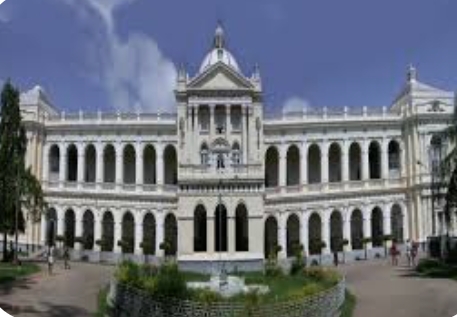
Marakonahalli dam in Tumkur district was completed in 1930. The dam has an automatic siphon system, the first of its kind in Asia.
Mysore Sugar Mills, Mandya, was established in 1933.
KR Mills, Mysore, established in 1933
St. Philomena's Church, Mysore in 1933.
Bangalore Town Hall in 1933.
Vani Vilas Women and Children Hospital, Bangalore, established in 1934, named after Maharani Vani Vilas Sannidhana
Mysore Paper Mills,[23] Bhadravati, established in 1936.
In 1934, the Government of Mysore gifted 10 acre of land in Bangalore to Nobel laureate Sir C. V. Raman for the creation of research institute Raman Research Institute (RRI)
Mysore Lamps, Bangalore, established in 1936
Mysore Chemical and Fertilizers Factory, Belagola established in 1937.
Mysore Paints and Varnish Limited was established in 1937. It became part of the public sector in 1947.
The Government Dichromate Factory, Belagola.
Glass and Porcelain Factories, Bangalore established in 1939.
Formation of Mandya district in the year 1939
Mysore Implements Factory, Hassan, was established in 1939 to produce agricultural and garden implements.
Hirebhaskara Dam started in 1939 across river Sharavathi to ensure a steady water supply for the 120 MW Krishnarajendra Hydroelectric power station. The power station was renamed as Mahatma Gandhi Hydroelectric Project in 1949.
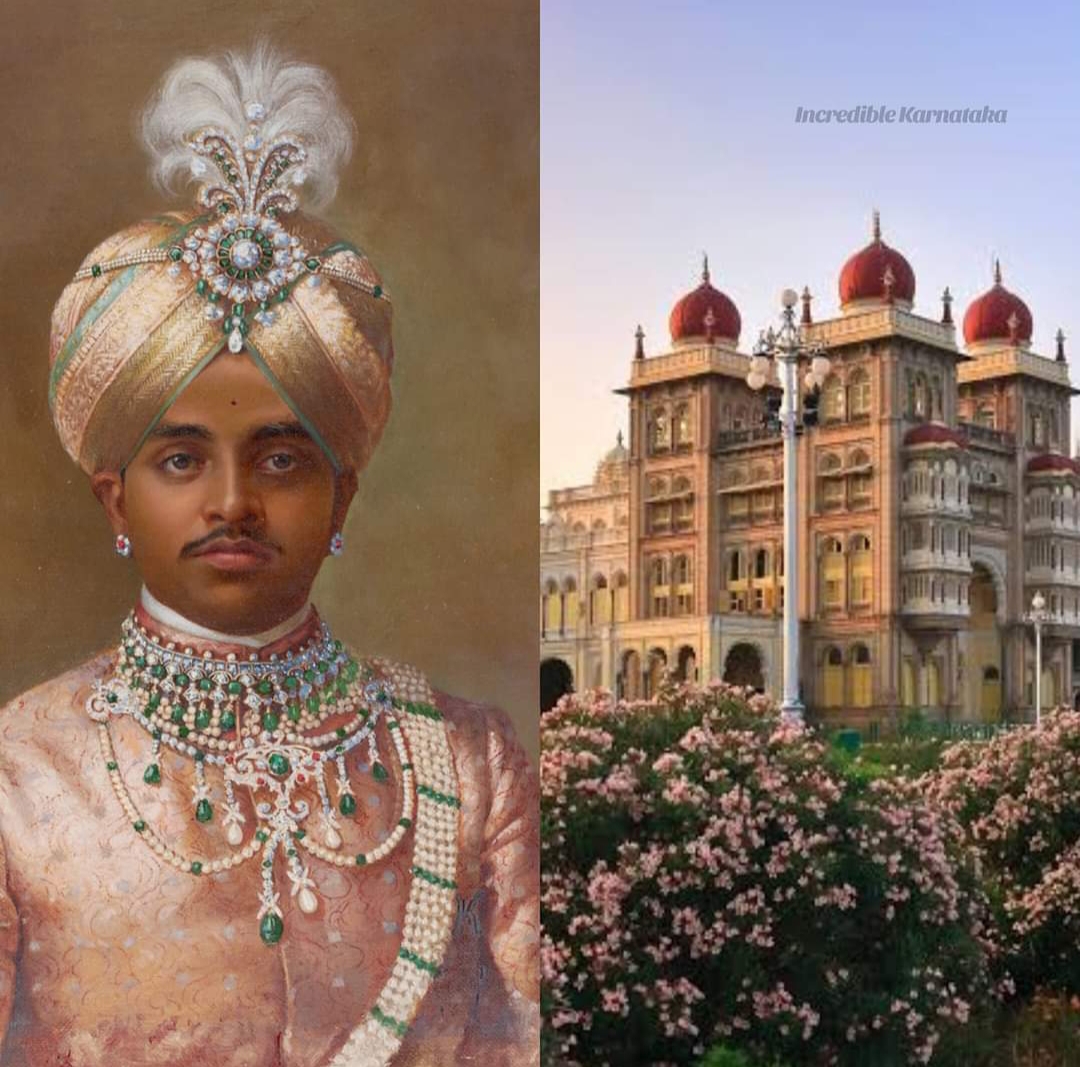

![]()
![]()
![]()
![]()
![]()
![]()

